Plaošnik and the Church of St. Clement
Halfway up Ohrid’s biggest hill, between the Church of Sv Jovan and Tsar Samoil’s Fortress, is the archaeological site of Plaošnik. With the arrival of St. Clement in 893 AD, and the subsequent establishment of his monastery, this location became the center of Slavic learning. Today, the Church of St. Clement has been rebuilt and much of the site has been excavated, revealing long-concealed Byzantine mosaics.
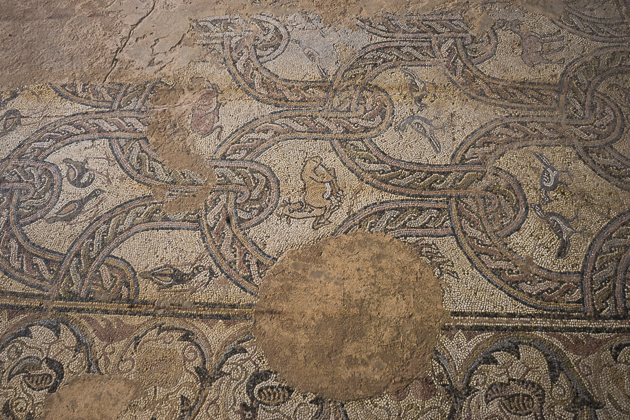
Scholars have classified St. Clement’s monastery as a university, which would make it among the first in Europe. It was here that the original Slavic alphabet, the Glagolitic, was developed and taught. Plaošnik was among the most important religious centers in medieval Europe until the arrival of the Ottomans, who demolished the church and erected a mosque in its stead.
But you can’t keep a good church down. In 2002, St. Clement’s was rebuilt, following the original plans, and large-scale excavation works have been going on ever since. Many of the church’s original frescoes have been recovered, and in the courtyard you can see the remains of some of the auxiliary structures, including a baptistery. Most impressively, large sections of the original mosaic floors have survived, depicting woodland creatures, human faces, and elaborate geometric patterns.
During our visit, Plaošnik was more of a construction site than an archaeological one, as a new university building was being erected next to the ancient church. Some groups, including UNESCO, have condemned this construction, saying it threatens the cultural heritage of Plaošnik. But others point out that Ohrid is a modern, living city which must continue to expand.
Regardless, the new university hardly detracts from the experience of visiting Plaošnik, which remains one of the most historic spots in this very historic city.
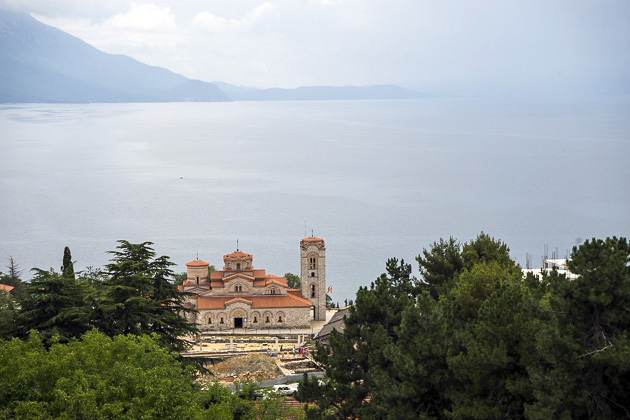
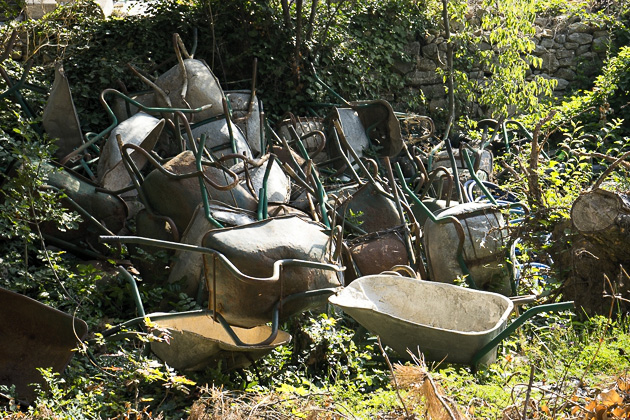



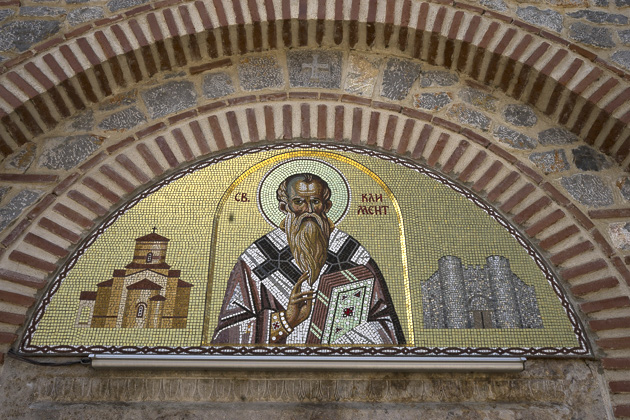
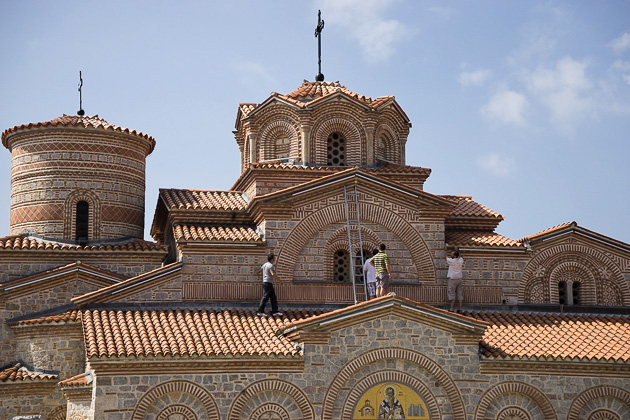

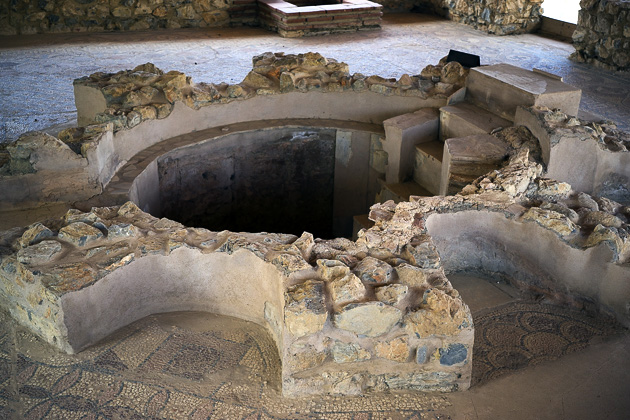
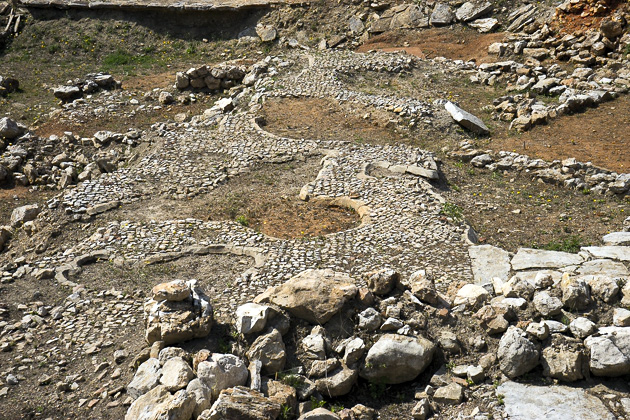


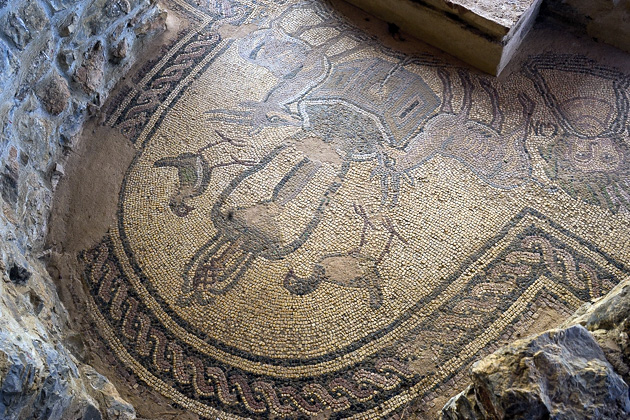
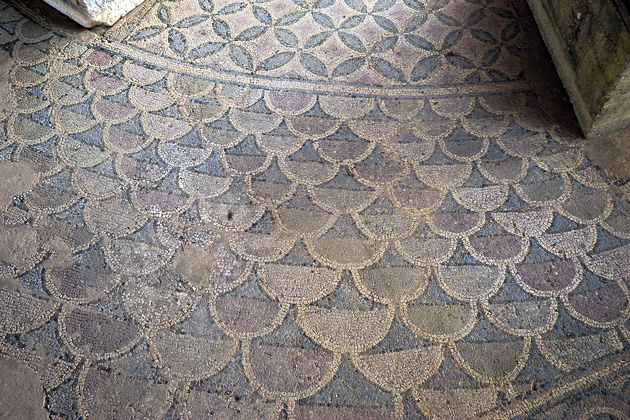
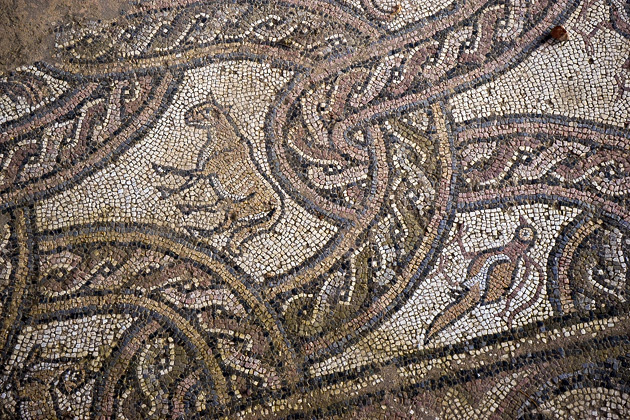

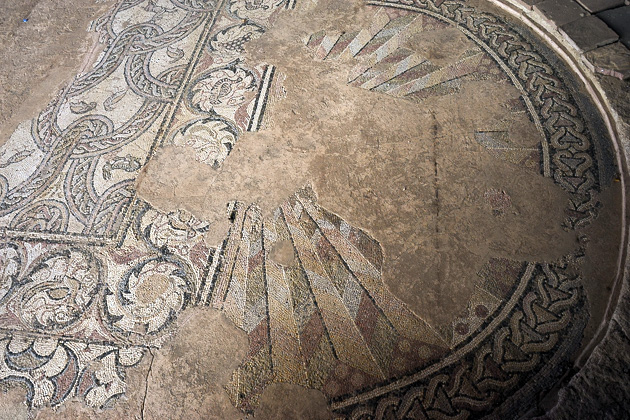


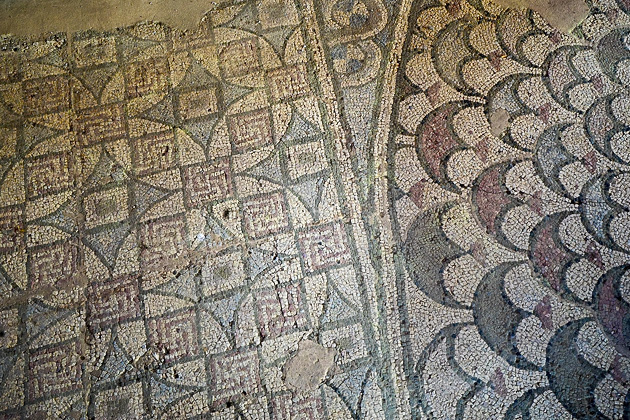
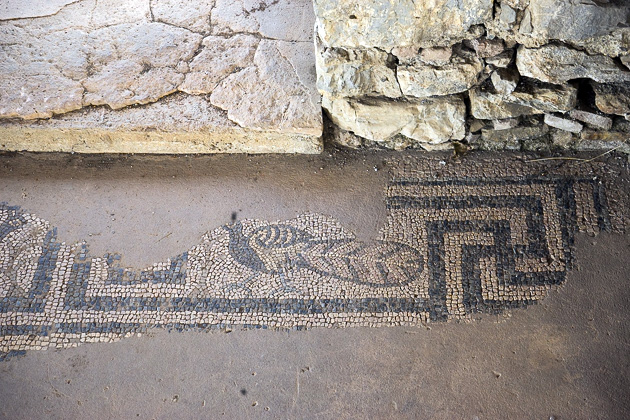

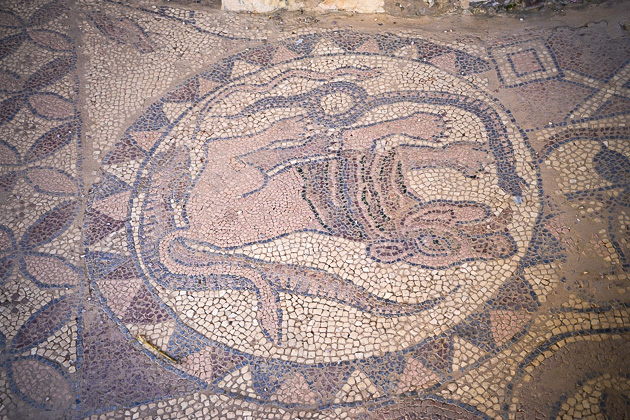
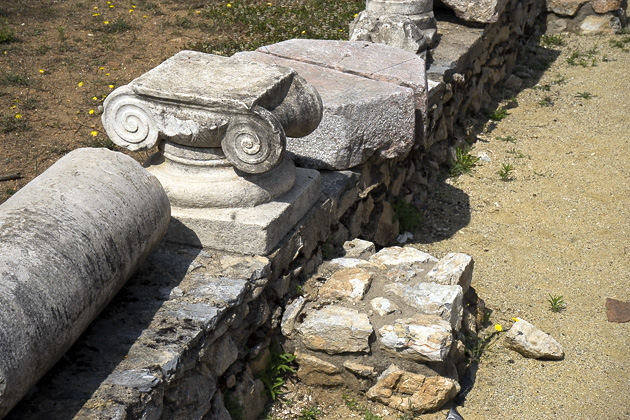
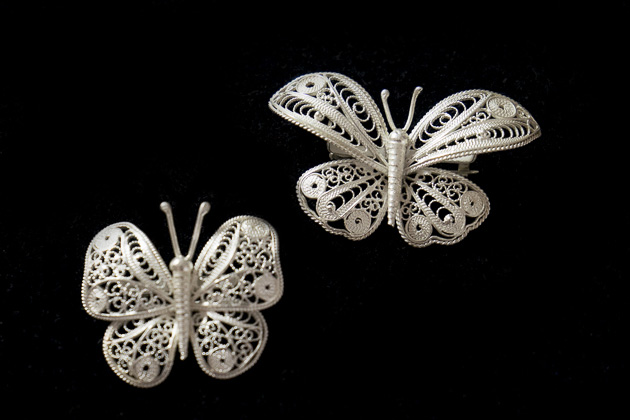
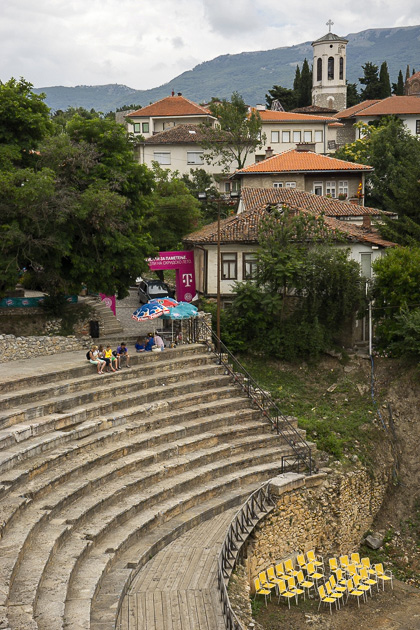

Pingback: Ohrid: The Jewel of Macedonia | For 91 Days in Macedonia – Travel Blog
I visited this site back in September 2013. Ohrid is a beautiful city and well worth a visit if you’re buzzing around Macedonia or Albania.